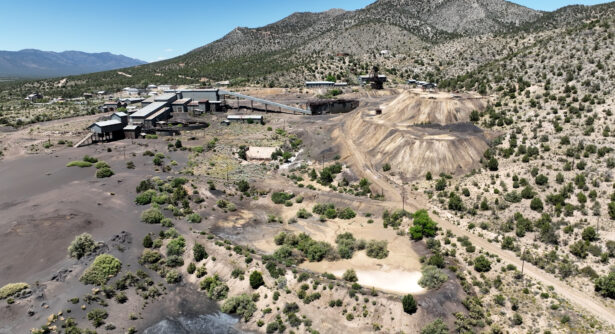
Dec 21, 2012
Solar Power on Brownfields
I’ve heard of some projects that want to put solar power on brownfield site. Why would we want to do this, and is it even possible? Have any projects succeeded so far?
Like all brownfield development, using already-contaminated land for new solar projects lessens the pressure to build solar projects in open spaces, desert habitat, or on farmland. As many concerns have been raised over the potential environmental impacts of large-scale solar development in the desert, “brightfields” represent an opportunity to invest in renewable energy without many of the potential downsides.
Although the idea of brightfields has existed for some time, the market for renewable energy and the technology required to make them economically viable has only recently started to come together. One option that has gained a lot of popularity recently is siting solar projects on closed landfills. In many cases, local governments own these sites and have ongoing maintenance costs and no plans for redevelopment. Solar projects represent a source of clean electricity (and potentially profit!) when previously there were only maintenance costs. As discussed in the previous post, landfill caps can safely contain wastes, allowing new development to be placed on top of them. New technology is developing ways that solar panels can be safely placed on top of landfills, including flexible solar membranes which are unaffected by the settling that happens in a landfill over time as waste compacts.
As the idea of brightfields grows, the number of success stories across the country is expanding. The Environmental Protection Agency’s RE-Powering America Initiative provides a great source of information for those interested in learning more about past projects, technical resources, and potential opportunities. Some example projects include:
- Exelon City Solar in Chicago, Illinois, is the largest urban solar plant in the US. Developed on a huge industrial site which had sat vacant for 30 years, the project beautifies the community, provides jobs and economic development, and generates clean energy.
- Nellis Air Force Base in Nevada is recently opened a solar plant that will supply a quarter of the base’s energy. Located in part on an old landfill, the solar power plant is the largest on any US military base.
- The Oliver Street Landfill in Easthampton, Massachusetts, installed 2.3 MW of generating capacity on the closed municipal landfill. This project provides enough energy to power 20% of the city’s municipal buildings. Massachusetts has a particularly strong program to encourage renewable energy on landfills; more information is available at the Department of Environmental Protection’s website.
Many more examples of successful projects can be found online and at EPA’s RE-Powering America site. Brightfields represent one of the many opportunities available to develop brownfields sites from contaminated blight to useful purposes that benefit the community, the economy, and the environment.




